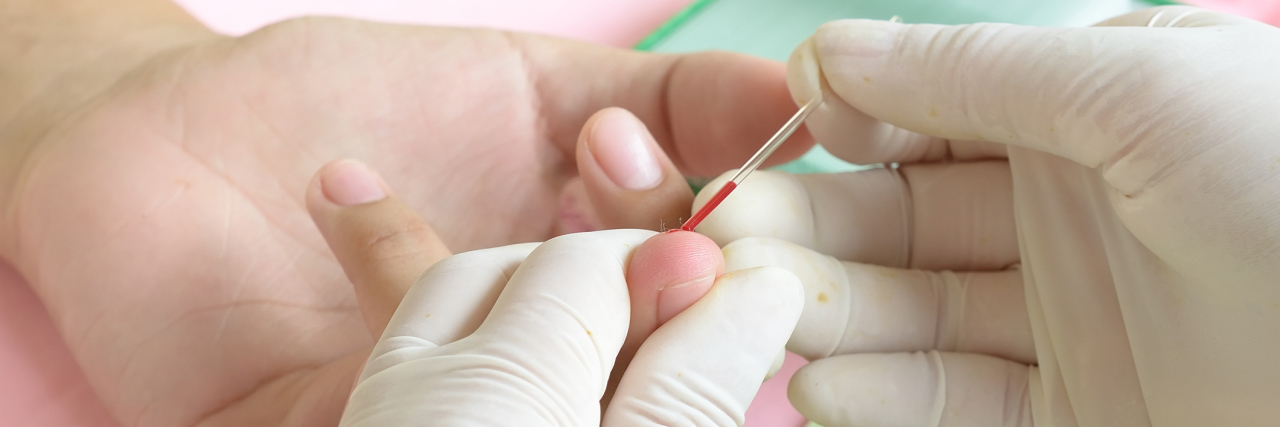Australian researchers say they’ve developed a new blood test that could change the way physicians identify and treat chronic pain. The test, called painHS, can reportedly identify color changes in immune cells affected by pain, instantly informing doctors to the severity of their patient’s pain.
“This gives us a brand new window into patients’ pain because we have created a new tool that not only allows for greater certainty of diagnosis but also can guide better drug treatment options,” explained Professor Mark Hutchinson, director of the Australian Research Council Centre of Excellence for Nanoscale BioPhotonics at the University of Adelaide and the lead researcher and developer of the test.
Hutchinson’s team found that people living with chronic pain have identifiable changes in their immune cells. Using light measurement tools (hyperspectral imaging analysis), painHS can identify these changes, or pain biomarkers, by reading the colors of the cells.
“Biology has natural color or spectral information when different light is shone onto it,” Professor Hutchinson explained to The Mighty. “We are capturing 100s to 1000s of these colors to make up a complex array of colors.”
By identifying the “colors” of a person’s immune cells, researchers believe doctors will be able to understand a person’s pain tolerance or sensitivity, as well as the severity of their pain.
“We are literally quantifying the color of pain,” says Hutchinson. “What we’ve found is that persistent chronic pain has a different natural color in immune cells than in a situation where there isn’t persistent pain.”
This isn’t the first blood test that can identify pain. Hutchinson’s team has developed other tests, including painSEQ and painCELL; however, these tests take several days to yield results. PainHS is unique because it delivers instant results — allowing physicians to perform the test, get results and discuss consequent treatment strategies all within the same appointment.
“Eventually we hope it can be a finger prick like a blood glucose test, and then the sample would be read by a medical device which can capture all the color information,” Hutchinson told The Mighty.
PainHS isn’t available to doctors just yet. The team’s goal is to have the test undergo large-scale clinical trials within 18 months, and eventually, with the right backers, be available in doctors’ offices globally.
Hutchinson believes the greatest use for the blood test will be in drug and treatment selection. “I think our test will be used to say, you have one of these 20 types of pain conditions and these are the best ways forward for treatment,” he said.
The test could be especially helpful for those who are unable to communicate their pain, including people with dementia, babies or potentially even animals, though it would also benefit those living with chronic pain.
Currently, many physicians may assess a patient’s pain by asking them to describe what it feels like or rate the severity on a scale of 1 to 10. These results are highly subjective, as everyone experiences pain differently and may have varying tolerances or “normal” levels of pain. Various chronic pain conditions may also produce similar types of pain. Having a clearer, more objective way of identifying the type of pain may allow patients to be diagnosed and pursue appropriate treatment more quickly.
Though the test may provide visible evidence of pain, Hutchinson cautions that it shouldn’t be used to definitively determine whether or not a patient experiences chronic pain. “The test may not say, no, you don’t have pain, rather it isn’t likely to be these main types,” he explained.
While the blood test may be a helpful tool for physicians, Hutchinson believes the patient’s experiences, narrative and description of their pain are still the most valuable. “What the patient reports needs to be paramount,” he said.
Getty Image by saritwuttisan

